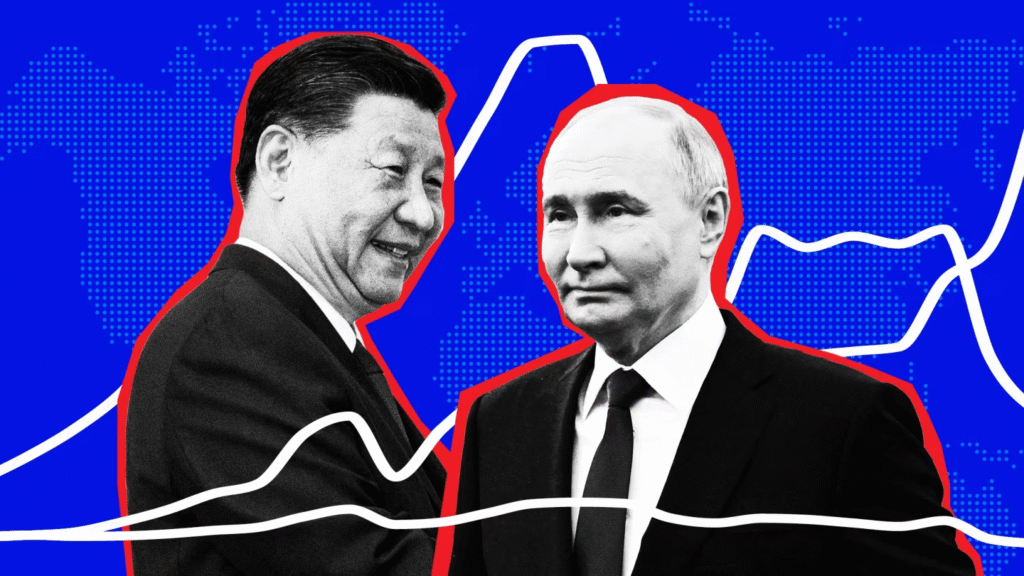Vladivostok, Russia – August 7, 2025 – China and Russia have launched joint naval exercises, dubbed “Maritime Interaction 2025,” in the Sea of Japan near Vladivostok, a move seen as a direct response to U.S. President Donald Trump’s recent announcement of repositioning nuclear submarines closer to Russia. The drills, which began on Sunday and concluded on Tuesday, involved artillery fire, anti-submarine warfare, air defense operations, and search-and-rescue missions, highlighting the growing military alignment between Beijing and Moscow.

The exercises follow Trump’s statement on August 1, 2025, via Truth Social, where he claimed to have ordered two nuclear submarines to “appropriate regions” in reaction to “highly provocative statements” by former Russian President Dmitry Medvedev. Medvedev, now deputy chairman of Russia’s Security Council, had referenced Russia’s “Dead Hand” nuclear retaliation system and criticized Trump’s ultimatums over the Ukraine conflict, calling them a “step towards war.” Trump’s submarine deployment was described by security analysts as a rhetorical escalation rather than a significant military shift, given that U.S. nuclear-powered submarines are already routinely deployed globally.
The joint Russia-China drills involved a Russian large anti-submarine vessel, two Chinese guided-missile destroyers (Shaoxing and Urumqi), diesel-electric submarines from both nations, and a Chinese submarine rescue ship. While both countries claim the exercises were pre-planned and not targeted at any third party, Japan’s Ministry of Defense expressed “serious security concerns” over the deepening military cooperation, particularly given the proximity to its borders.

Why It MattersThis development underscores the escalating tensions between global superpowers amid the ongoing Ukraine war and broader geopolitical rivalries. Trump’s public invocation of nuclear submarines marks a rare instance of a U.S. president openly discussing such sensitive military maneuvers, raising concerns about nuclear saber-rattling. Analysts, including Daryl Kimball of the Arms Control Association, have called such rhetoric “irresponsible,” noting that U.S. submarines are always positioned for deterrence, making Trump’s announcement more symbolic than operational.
The Russia-China exercises signal a strengthening of their strategic partnership, which has grown closer through over 40 meetings between Presidents Vladimir Putin and Xi Jinping and regular joint military drills since 2012. This alliance poses a challenge to U.S. influence in the Asia-Pacific, particularly as China’s nuclear arsenal is projected to exceed 1,000 warheads by 2030, and Russia maintains the world’s largest nuclear stockpile.
For Japan and other U.S. allies, the maneuvers highlight vulnerabilities in regional security, prompting discussions about bolstering defenses or even pursuing independent nuclear capabilities, especially as Trump’s policies weaken NATO and shift U.S. focus. The Kremlin, distancing itself from Medvedev’s remarks, cautioned against nuclear rhetoric, while Putin reiterated Russia’s unchanged stance on Ukraine, showing no signs of yielding to Trump’s deadlines or sanctions threats.
As global nuclear risks rise, with the New START treaty nearing expiration in 2026 and China rejecting trilateral arms control talks, the maneuvers and Trump’s response reflect a precarious moment in international relations. The interplay of military posturing, economic sanctions, and nuclear rhetoric could further destabilize an already volatile global order.


